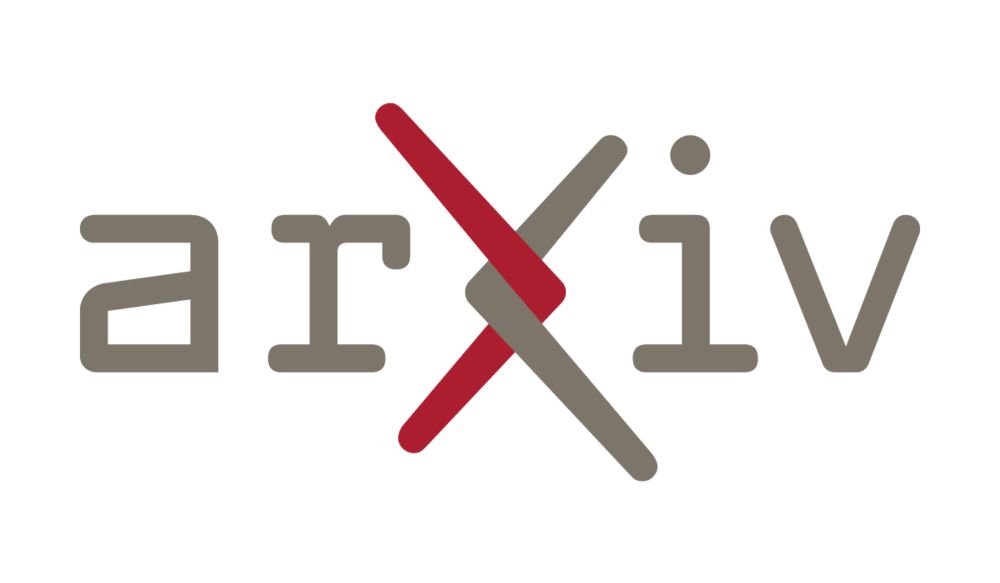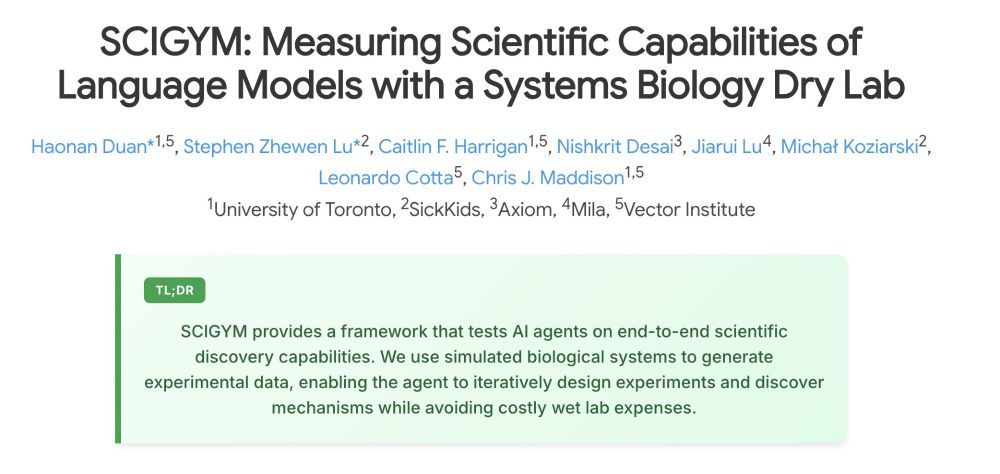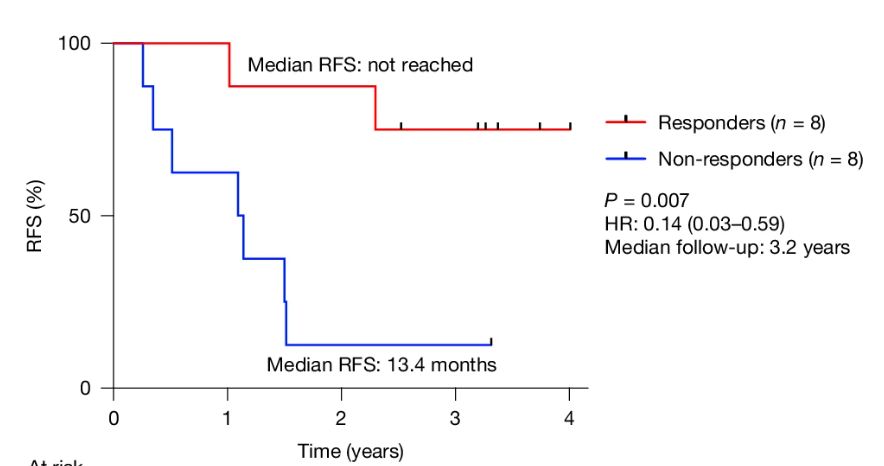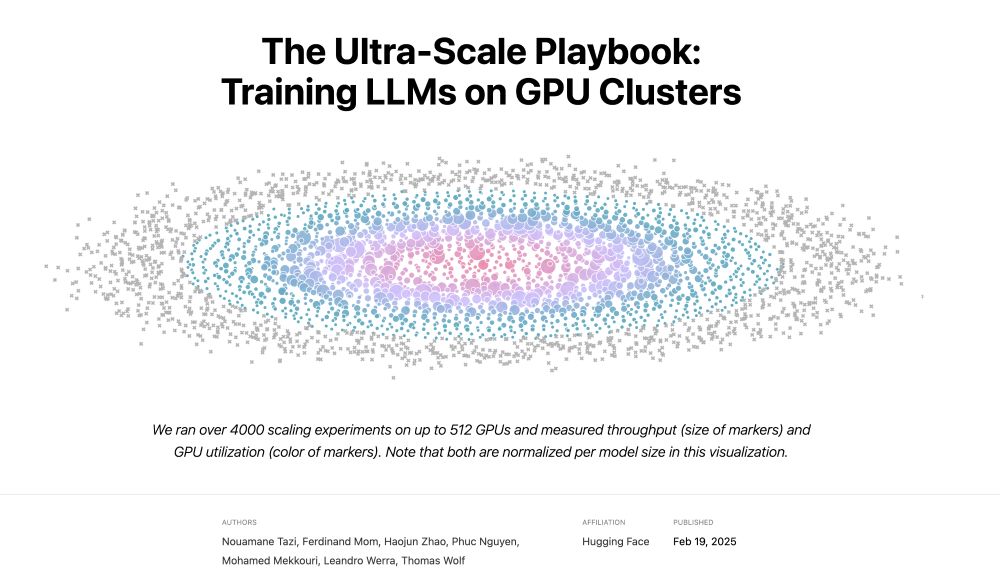Leonardo Cotta
@cottascience.bsky.social
1K followers
250 following
55 posts
scaling lawver @ EIT from BH🔺🇧🇷
http://cottascience.github.io
Posts
Media
Videos
Starter Packs
Reposted by Leonardo Cotta
Leonardo Cotta
@cottascience.bsky.social
· Aug 12
Leonardo Cotta
@cottascience.bsky.social
· Jul 30
Leonardo Cotta
@cottascience.bsky.social
· Jul 30
Leonardo Cotta
@cottascience.bsky.social
· Jul 26

Scaling Laws Are Unreliable for Downstream Tasks: A Reality Check
Downstream scaling laws aim to predict task performance at larger scales from pretraining losses at smaller scales. Whether this prediction should be possible is unclear: some works demonstrate that t...
arxiv.org
Leonardo Cotta
@cottascience.bsky.social
· Jul 16
Leonardo Cotta
@cottascience.bsky.social
· Jun 30
Leonardo Cotta
@cottascience.bsky.social
· Jun 30
Leonardo Cotta
@cottascience.bsky.social
· Jun 29
Leonardo Cotta
@cottascience.bsky.social
· Jun 14
Reposted by Leonardo Cotta
Quaid Morris
@quaidmorris.bsky.social
· Jun 3

Damage and Misrepair Signatures: Compact Representations of Pan-cancer Mutational Processes
Mutational signatures of single-base substitutions (SBSs) characterize somatic mutation processes which contribute to cancer development and progression. However, current mutational signatures do not ...
www.biorxiv.org
Leonardo Cotta
@cottascience.bsky.social
· May 30
Leonardo Cotta
@cottascience.bsky.social
· Apr 18
Leonardo Cotta
@cottascience.bsky.social
· Apr 13
Leonardo Cotta
@cottascience.bsky.social
· Apr 12
Leonardo Cotta
@cottascience.bsky.social
· Mar 24

Position: Graph Learning Will Lose Relevance Due To Poor Benchmarks
While machine learning on graphs has demonstrated promise in drug design and molecular property prediction, significant benchmarking challenges hinder its further progress and relevance. Current bench...
arxiv.org
Reposted by Leonardo Cotta
Leonardo Cotta
@cottascience.bsky.social
· Feb 20
Leonardo Cotta
@cottascience.bsky.social
· Feb 20
Reposted by Leonardo Cotta
Leonardo Cotta
@cottascience.bsky.social
· Feb 19






